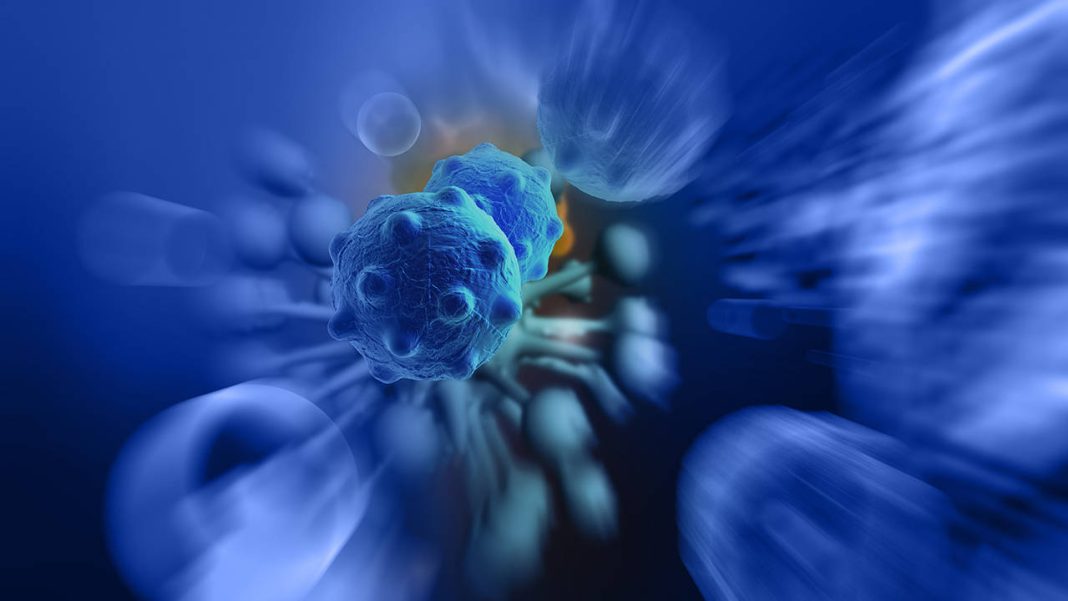When discussing the treatment path of pulmonary nodules, traditional Chinese medicine (TCM) provides patients with an alternative option apart from Western medicine, utilizing its unique theoretical system and rich clinical practice. TCM emphasizes a holistic view and syndrome differentiation in treatment, believing that the formation of pulmonary nodules is closely related to the imbalance of the internal environment of the human body, such as qi and blood stasis, phlegm dampness conglomeration, etc. Therefore, by regulating with Chinese herbal medicine, the aim is to restore the balance of the body’s internal environment to achieve the dispersion of pulmonary nodules. So, what Chinese herbal medicine can be used to disperse lung nodules? Will they shrink?
Traditional Chinese Medicine Understanding of Pulmonary Nodules
In TCM, pulmonary nodules are considered a type of “zheng jia” or accumulation, formed due to factors such as emotional stagnation, improper diet, external pathogenic factors, etc. These factors lead to dysfunction of the internal organs, hinderance in the circulation of qi and blood, resulting in the formation of pathological products like phlegm dampness, blood stasis, which conglomerate in the lungs to form nodules.
In TCM theory, there are various Chinese medicinal materials with functions like dispersing nodules, resolving phlegm, promoting circulation, which can be used to disperse pulmonary nodules. Here are some commonly used Chinese medicinal materials and their mechanisms:
Xia Ku Cao: has the efficacy of clearing liver fire, dispersing stagnation. Xia Ku Cao can dredge the meridians, promote the circulation of qi and blood, thereby assisting in dispersing nodules in the lungs.
Gua Lou: works to clear heat, resolve phlegm, widen the chest, disperse accumulations. Gua Lou can eliminate phlegm heat in the body, reduce the stimulation of phlegm dampness on the lungs, and promote the dispersion of nodules.
Haizao, Kunbu: These two Chinese medicinal materials, both marine plants, have the efficacy of softening hardness and dispersing accumulations. They can soften and disperse nodules in the body, especially having a significant effect on pulmonary nodules formed due to phlegm dampness conglomeration.
Tao Ren, Hong Hua: involve promoting blood circulation, resolving blood stasis. Tao Ren and Hong Hua can enhance blood circulation, eliminate blood stasis, thereby improving the microcirculation in the lungs and promoting the dispersion of nodules.
Huang Qi, Dang Shen: These two Chinese medicinal materials have the efficacy of tonifying qi and supporting the constitution. By strengthening the body’s positive energy, enhancing the body’s immunity, they help the body combat and disperse pulmonary nodules.
Many patients have indeed experienced a reduction or even disappearance of pulmonary nodules after regulation with Chinese herbal medicine. This is attributed to TCM’s holistic view and syndrome differentiation treatment principle, which can tailor personalized treatment plans based on the patient’s specific condition. Additionally, the gentle nature of Chinese herbs reduces the risks of side effects and complications during treatment.
It is worth noting that TCM treatment of pulmonary nodules is not merely an adjunctive therapy. Guided by TCM theory, through reasonable Chinese medicinal compatibility and syndrome differentiation treatment principles, TCM can directly target the pathological mechanisms of pulmonary nodules for treatment to achieve dispersion of the nodules. This treatment approach not only focuses on the dispersion of nodules but also emphasizes regulating the overall state of the body, enhancing immunity, and self-healing ability, providing long-term health benefits for patients.
Guided by TCM, adjusting lifestyle in a reasonable manner contributes to the recovery and prevention of pulmonary nodules. Born into a family of TCM, Yuan Xifu, a specialist in TCM oncology and the 8th generation descendant of the “Yuan Family Medical Formulas,” an inheritor of the intangible cultural heritage project – “Yuan Family TCM Treatment,” graduated from Beijing University of Chinese Medicine, has been engaged in TCM clinical work for over 40 years. Building upon the legacy of his predecessors and combining years of clinical practice experience, he established the “Three-Balance Theory,” helping numerous patients with peculiar pulmonary nodules, such as those with lobulations, spiculations, and pleural involvement recover, improving their quality of life, and reducing the risk of cancer transformation.
TCM treatment of pulmonary nodules has unique advantages and effects. Through rational Chinese medicinal compatibility and syndrome differentiation treatment principles, TCM can provide personalized treatment plans for patients, helping disperse pulmonary nodules and restore the body’s health.


